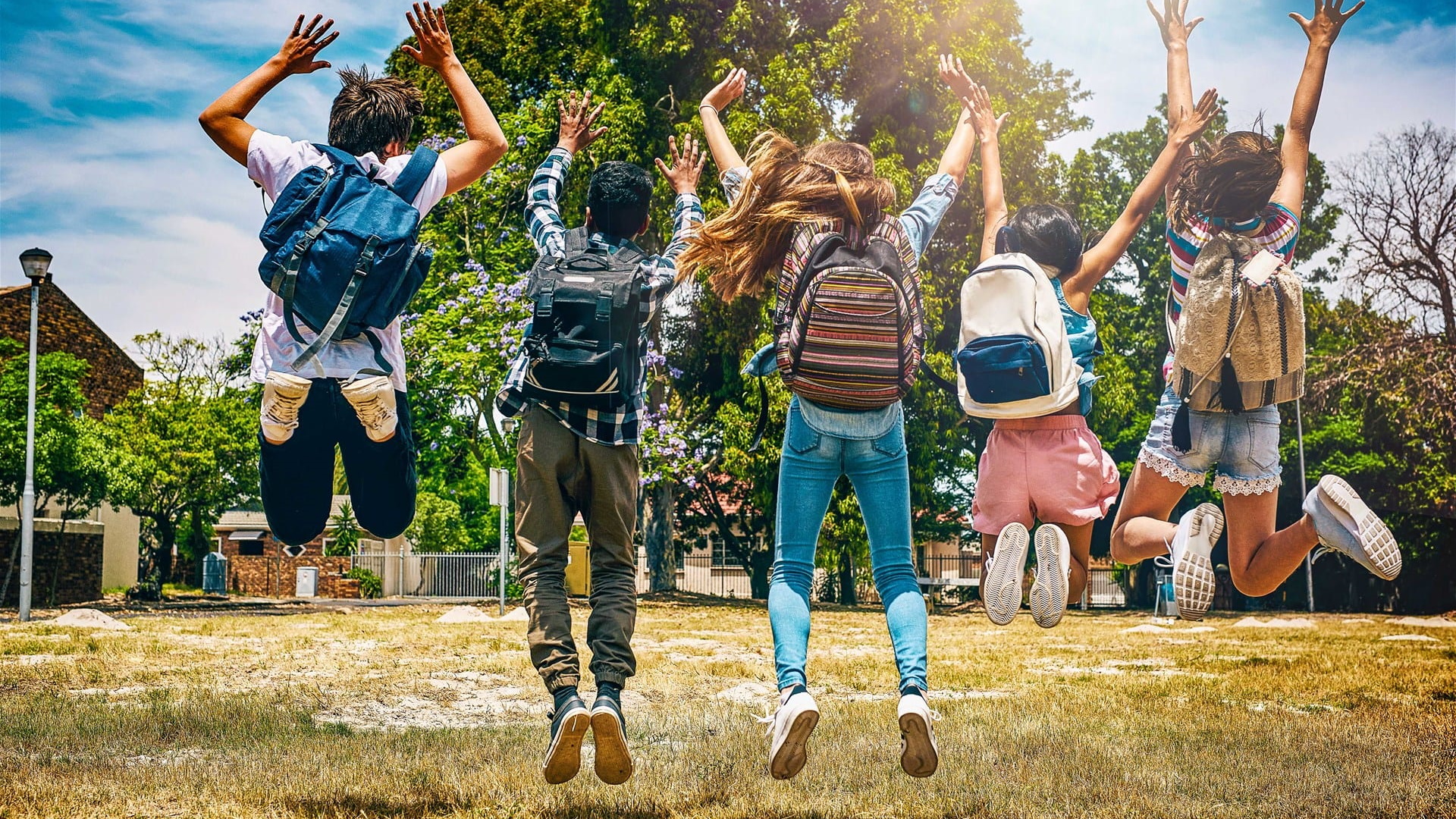Teaching and learning experiences that take place outside the confines of the classroom walls have a range of benefits for both students and instructors. When students are asked to put into practice “in the real world” what they have theorized about from behind a desk, the result is a student-centric learning experience that enhances learning and fosters personal and social development (Larsen, Walsh, Almond, & Myers, 2017). Further, students that engage in learning experiences outside of the classroom report having higher levels of motivation, recalling the course material more vividly, and having improved academic performance in the class (Takeuchi et al., 2016; Ryan and Deci, 2017).
Learning experiences outside the classroom are forms of experiential learning (Dewey, 1897). These encounters are rooted within the basic principle that “experience is the leading teacher.” In this way, learning outside the classroom is a dynamic process, wherein students experience authentic problems, construct novel theories, test for genuine solutions, and interact with others to make sense of the world around them. When we do this, we experience the world as a whole and are forced to engage in different modalities.
There are many ways to make learning extend outside the classroom:
Field Trips and Field-Based Learning
Besides the engagement of concepts that are required by these encounters, the student bonding that occurs on field trips improves the learning experience and creates a learning community. Educating within the field also gives the educators the opportunity to get to know their students in greater depth in terms of how the students see the world in a different way than the teachers.
Field trips can take a variety of forms that meet a diverse set of needs and can enhance deep, active learning. The intended educational outcomes of field trips focus on the following five areas (Behrendt & Franklin, 2014; Larsen et al., 2017; Tal & Morag, 2009):
- Developing social and personal skills
- Developing observation and perception skills
- Adding relevance and meaning to learning
- Providing first-hand real-world experiences
- Enhancing intrinsic motivation and interest in the subject
Cinema excursion
The Educators can organise a class so that you all go and see a film together, and discuss some topics afterwards. Some ideas would be: To discuss the plot of the film in class and then have the students prepare a project or a presentation… and why not? an adaptation of the film.
Exploring the Natural World
A child’s innate desire to explore their world requires them to use their senses, test out theories, make mistakes, and persevere. Exploring the world in this way enhances their development and doing so outdoors allows students enough space to use their whole bodies, work on a variety of scales, and make sense of a wide variety of different materials. Hands-on experience is considered a must in today’s teachers’ universe.
Some project ideas can be:
- Gardening/Hug a Tree
Gardening is a great way to get children to learn and care about plants.
- Nature hike
Nature offers plenty of discoveries for students. Help them explore by encouraging them to find certain types of leaves, bugs, rocks, and flowers and let them know about their names in English.
Save our Planet Projects
A beach clean-up or a tree-planting campaign can help students get engaged in caring for the environment and actively participate in hands-on activities while making projects and class discussions on how to become more environmentally friendly.
